Why Migrate from Hosting Platforms?
Streamlined hosting platforms (Heroku, Render, Fly.io, Railway, etc.) are great for getting started, but as you scale, you hit limitations:Common Pain Points
Cost escalation:- Expensive as you grow
- Limited control over resource allocation
- Forced into higher tiers for features
- Can’t switch providers easily
- Locked into proprietary services
- No multi-cloud options
- Restricted configuration options
- Can’t optimize for your specific needs
- Limited infrastructure control
- Specific buildpack requirements
- Limited customization
- Regional availability restrictions
What Monk Offers Instead
- Multi-cloud freedom — Deploy to AWS, GCP, Azure, DigitalOcean, or any cloud
- Cost control — 30-60% savings typical, you control resources directly
- Full flexibility — Configure everything, no platform limitations
- No vendor lock-in — Switch clouds anytime
- Your infrastructure — Everything on accounts you control (BYOI)
What Monk Reads from Your Existing Setup
Monk analyzes your codebase to understand what your platform hosting currently provides:Configuration Files Monk Uses
Heroku:Procfile— Process types and commandsapp.json— App configuration- Buildpack configurations
- Add-on requirements (databases, caches, etc.)
render.yaml— Service definitions- Environment variables
- Build commands
- Start commands
fly.toml— App configuration- Dockerfile (if present)
- Service configurations
- Railway service configurations
- Environment variables
- Build settings
netlify.toml/vercel.json- Build commands
- Redirect rules
- Environment variables
Migration Steps
1
Install Monk
Install Monk in VS Code, Cursor, or Windsurf.→ Installation Guide
2
Clone Your Repository
Clone your application repository locally and open it in your IDE.
3
Review Environment Variables
Export your environment variables from your current platform. You can provide
these to Monk during deployment. Most platforms let you export via CLI or
dashboard.
4
Tell Monk to Deploy
Open Monk chat (
Cmd+Shift+M) and tell it to deploy: deploy this application to AWS Or choose your preferred cloud provider.5
Monk Analyzes Your App
Monk reads your code and detects: - Languages and frameworks - Services needed
(web, worker, cron jobs) - Dependencies (databases, caches, queues) - Build
and start commands - Environment variable requirements
6
Provide Environment Variables
When Monk asks, provide the environment variables you exported earlier. Monk
securely stores them.
7
Provide Cloud Credentials
Give Monk credentials to provision resources on your chosen cloud. These stay
on your machine. → Security
8
Monk Builds & Deploys
Monk autonomously: - Containerizes your
application - Provisions cloud infrastructure - Deploys databases, caches,
queues - Configures networking and SSL - Wires everything together
9
Test New Deployment
Monk provides URLs to access your application. Test thoroughly while your old
platform continues running.
10
Migrate Data
For databases, export data from your platform add-on and import to your new
Monk-deployed database. → Working with
Databases
11
Switch DNS
When ready, update your DNS to point to the new deployment. Your old platform
remains untouched until you’re ready.
12
Decommission Old Platform
After confirming everything works, shut down resources on your old platform.
Platform-Specific Migration Examples
From Heroku
What Monk replicates:| Heroku Feature | Monk Equivalent |
|---|---|
| Dynos (web/worker) | Containerized services |
| Add-ons (Postgres, Redis) | Databases & Essential Services |
| Buildpacks | Automatic code analysis & containerization |
| Config vars | Environment variables |
| Heroku Postgres | PostgreSQL (managed or self-hosted) |
| Heroku Redis | Redis (managed or self-hosted) |
| Review apps | Multiple environment deployments |
From Render
What Monk replicates:| Render Feature | Monk Equivalent |
|---|---|
| Web Services | Containerized web apps |
| Background Workers | Containerized worker processes |
| Cron Jobs | Scheduled tasks |
| Managed PostgreSQL | PostgreSQL (managed or self-hosted) |
| Managed Redis | Redis (managed or self-hosted) |
| Static Sites | Netlify or Vercel deployment |
From Fly.io
What Monk replicates:| Fly.io Feature | Monk Equivalent |
|---|---|
| Machines | Containerized services |
| Fly Postgres | PostgreSQL deployment |
| Fly Redis | Redis deployment |
| fly.toml config | Automatic configuration from code |
| Multi-region | Multi-cloud deployment |
From Railway
What Monk replicates:| Railway Feature | Monk Equivalent |
|---|---|
| Services | Containerized services |
| Databases | Database deployment |
| Auto-deploy | CI/CD integration |
| Environment variables | Configuration management |
What Gets Better with Monk
Cost Savings
Typical scenario:- Heroku: $250-500/month for medium app
- Monk on AWS/DO: $75-150/month for same resources
- Savings: 50-70% typical
More Control
- Choose exact instance types
- Configure networking precisely
- Optimize for your workload
- Use any cloud service
- No platform limitations
Easier Operations
With platform hosting:Common Migration Questions
Do I need to rewrite my application?
No. Monk deploys your application as-is. No code changes required.Can I test before fully migrating?
Yes. Run both deployments in parallel. Test the Monk deployment thoroughly before switching traffic.What about my database data?
Export from your platform add-on, import to your new database. Manual for now, automated migration coming soon.Can I migrate gradually?
Yes. Migrate services one at a time:- Start with a non-critical service
- Test and validate
- Migrate more services
- Complete migration when confident
What if something goes wrong?
Your platform hosting stays running until you shut it down. Simply switch DNS back if needed.After Migration
What You Get
- Autonomous operations — Manage everything via chat
- Multi-cloud flexibility — Deploy anywhere
- Cost transparency — Real-time cost tracking
- Better scaling — Automatic scaling as needed
- Advanced features — Full cloud capabilities, not limited by platform
- CI/CD automation — Auto-deploy on push
Next Steps
- Set up CI/CD pipelines
- Configure monitoring
- Optimize costs
- Enable auto-scaling
Need Help?
Ask Monk directly:- Getting Help — All support channels
- Community Forum — Ask the community
Start Migrating
Ready to leave platform hosting behind?- Install Monk
- Open your project in your IDE
- Tell Monk:
deploy this application

